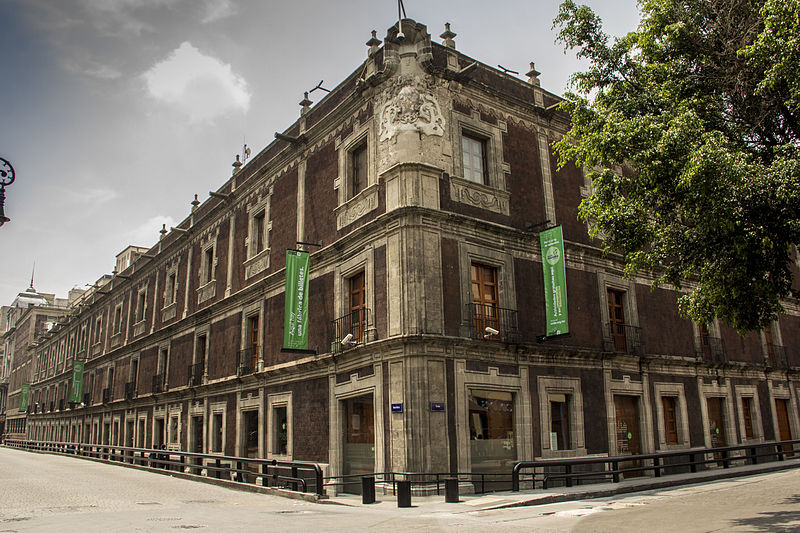
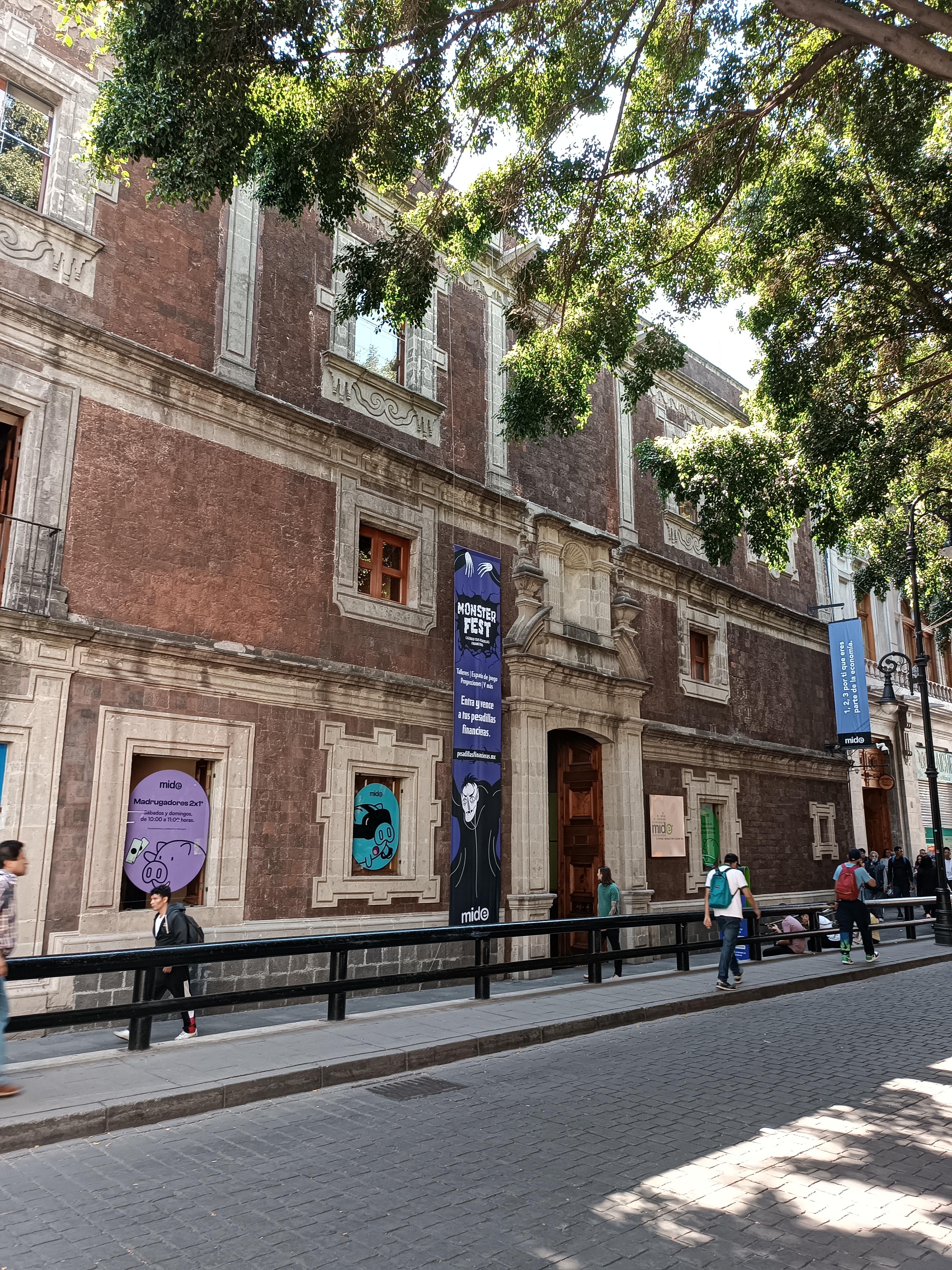
Photo: Aberusama, Attribution-Share Alike 3.0 Unported
The Interactive Museum of the Economy (MIDE) is an award winning museum and the first of its kind dedicated just to economics, finance, and sustainable development. The Bank of Mexico started the museum as a way encouraging learning and discussion of topics centered around economics and finance.
Four permanent exhibition spaces includes:
• Growth and welfare
• Finance in society
• Fundamentals of economics
• Sustainable development
Temporary exhibits are on related topics. These have included informative shows about coins through history, entrepreneurs, and small consumers. The MIDE often hosts groups of school kids on up to university student.
The 17th century building used to be the Convento y Hospital de Pobres y Convalecientes de Nuestra Señora de Belén y San Francisco Xavier. The order of Betlemitas built it and ran for more than 200 years. The Church on the far west of the same used to be the church of the convent and the order. Today the church building hosts the Army and Air Force Museum, Bethlemitas.
The order of Betlemitas were disbanded by the Spanish Crown to punish them for supporting the insurgency during Mexico’s Independence war. When the Independence movement had concluded, the building was used as cheap housing and a hotel. The interior courtyard was completely filled in with newer construction. The Bank of Mexico only acquired the building in 1990. They completely restored it, with the Cooperation of the National Institute of Anthropology and History, to something like it’s original condition. The monumental rehabilitation took 15 years to complete.
INAH called the project one of the most difficult and important in the Centro Histórico of the 1990s. With four levels that include a ground floor, mezzanine, second and third floors, the total area is 3,700 square meters.
The Interactive Museum of the Economy opened in 2006.
Hours: Tuesday through Sunday, 10 a.m. to 6 p.m.
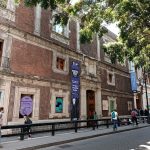 The Hospital Order of Bethlemite Brothers arrived from Guatemala in 1674. They founded a hospital, convent, and novitiate on Calle Tacuba. The imposing 18th-century building is the work of the master builder, Lorenzo Rodríguez. By 1821 the order was suppressed and the building was put to various uses: a theater, Lancasterian school, school for nuns, a hotel and as housing. In 1950 it was declared a national monument and in 1989 it was acquired by the Bank of Mexico. After an arduous restoration, it was opened to the public as the Interactive Museum of Economics in 2006. Their old temple survives today as the Army Museum.
The Hospital Order of Bethlemite Brothers arrived from Guatemala in 1674. They founded a hospital, convent, and novitiate on Calle Tacuba. The imposing 18th-century building is the work of the master builder, Lorenzo Rodríguez. By 1821 the order was suppressed and the building was put to various uses: a theater, Lancasterian school, school for nuns, a hotel and as housing. In 1950 it was declared a national monument and in 1989 it was acquired by the Bank of Mexico. After an arduous restoration, it was opened to the public as the Interactive Museum of Economics in 2006. Their old temple survives today as the Army Museum.
Heart of México Walking Routes: Manuel Tolsá - Santa Veracruz
< < Ruta S Domingo- S Catarina | MUNAL > >
Proyecto “Corredor de Cultura Digital”.
Nombre de la investigación: Investigación Centro Histórico, Monumentos, Edificios y Puntos de Interés (2023)
Dirección de investigación y diseño de Rutas: Acércate al Centro A.C. Guadalupe Gómez Collada
Coordinación e investigación histórica: Fideicomiso del Centro histórico Dir. Maestra Loredana Montes
 relaciones.publicas@mide.org.mx
relaciones.publicas@mide.org.mx
 +52 (55) 5130 4600
+52 (55) 5130 4600
 https://midedigital.museum/
https://midedigital.museum/
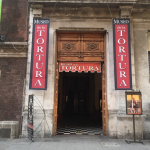
Nearest at 0.04 kms.
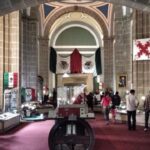
Nearest at 0.05 kms.
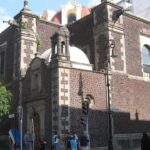
Nearest at 0.06 kms.

The National Art Museum in Mexico City's Centro Histórico is always going to be a holiday highlight.

One of Mexico City's most beautiful historic squares, it's a meeting place for booklovers and dealers.
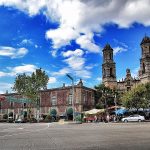
Presiding over Avenida Balderas like a fount of history, the Old Hipolito Church still strikes a somber chord.
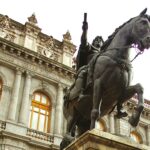
Perhaps more controversial than Sebastián's big yellow replacement, Charles the Fourth is still riding high.
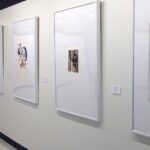
The National Print Collection is an enormous trove of important printed works from a wide variety of techniques.